Hi All, I promised to have this entry ready a few weeks ago. I’m so sorry for the delay. You know how some things don’t go as planned. But, without further ado…
 Sakura (桜), cherry blossom trees, are the true sign of spring in Japan and their beauty has been revered by the Japanese for centuries. Each year, when the trees blossom, millions sit under their shade to eat, drink and make merry. The blossoms and leaves themselves are edible and are used in some traditional Japanese dishes.
Sakura (桜), cherry blossom trees, are the true sign of spring in Japan and their beauty has been revered by the Japanese for centuries. Each year, when the trees blossom, millions sit under their shade to eat, drink and make merry. The blossoms and leaves themselves are edible and are used in some traditional Japanese dishes.
Last week, I made Kantou style (Tokyo style) sakura mochi, a light pink, mochi pancake filled with sweet red beans, anko (あんこ), and traditionally wrapped in a preserved sakura leaf. Not being in Japan, I couldn’t find the sakura leaf, so I got a little inventive and tried a shiso leaf, or ohba, the green leaf with a light refreshing minty, herbal taste that you usually find in sushi. I loved it! But not everyone else did. Try this recipe yourself, and let me know if you like the ohba taste 😉
1/3 cup of mochiko (rice flour)
1 cup of water
1 cup of all-purpose flour
1/2 cup of sugar
red food coloring
about a cup of anko (sweet red bean paste)
cooking oil spray
pack of ohba
1) Combine dry ingredients in a bowl.
2) Stir in water.
3) Add a couple of drops of food coloring to turn the mixture pink.
4) Heat pan over a medium heat, and spray lightly with the cooking oil spray.
5) Add a couple of spoonfuls of the mixture to the pan. You can either make oval-shaped pancakes or more round pancakes. This will determine the final shape of the mochi treat.
6) Cook for a few minutes on both sides. The mochi pancake will start to turn slightly translucent as it cooks. This recipe makes about 15 pancakes.
7) As you finish the pancakes, set them aside on a plate to cool.
8) Portion out small balls of anko on a separate plate.
9) Roll the anko balls into the mochi pancakes. There are two ways to roll the anko into the mochi.
- ONE: Using an oval-shaped pancake, you can roll the anko ball into the pancake so that it looks like a tube.
- TWO: Using a round-shaped pancake, you can fold the pancake in half over the anko ball so that it looks like a little taco.
10) Roll the ohba, shiso leaf, around the tube or taco. You may have to pinch the leaf to break the stem so that the leaf will stay folded over.
–Ken-chan



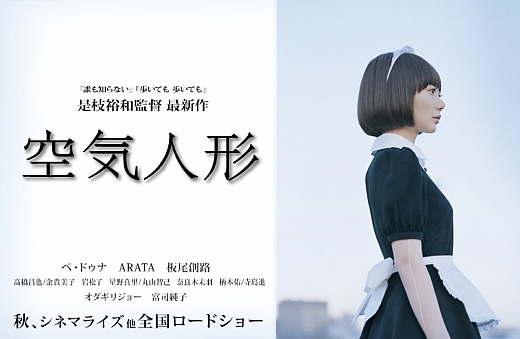 r own observations.
r own observations.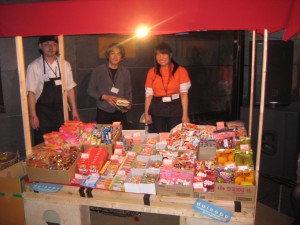

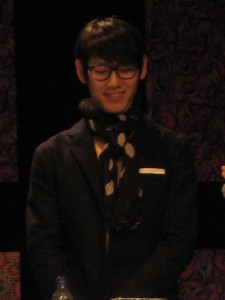
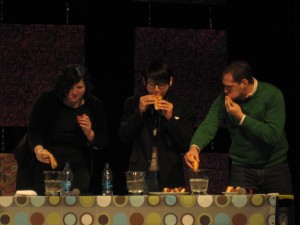
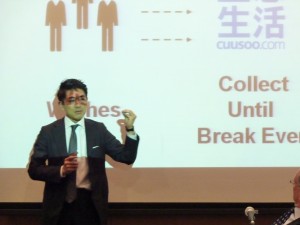

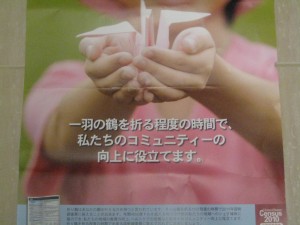
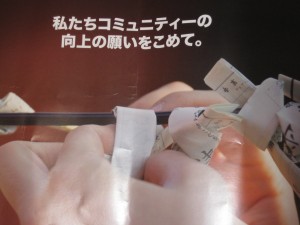

 .
.

